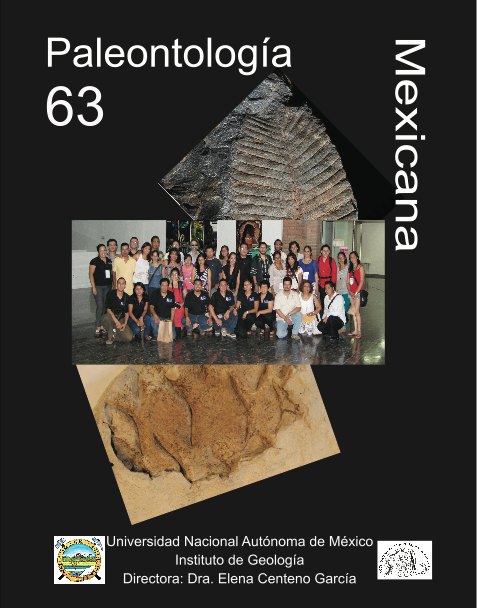Paleoparasites of man
Main Article Content
Abstract
The parasite – host – environment system is dinamic with several points of equilibrium. This makes it difficult to trace the traceholds between benefit and damage, and therefore, the definitions of commensalism, mutualism and symbiosis become worthless. The same concept of parasitism may encompass commensalism, mutualism and symbiosis. Life emerged as a consequence of parasitism at the molecular level, an intracellular parasitism created evolutive events that allowed species to diversify. Studies of the origin and evolution of parasitism have new perspectives with the development of molecular paleoparasitology that points to host-parasite coevolutive mechanisms through genome retrospective studies. An ecological and evolutive approach to the study of parasitism is presented here.
Article Details

This work is licensed under a Creative Commons Attribution-NonCommercial-NoDerivatives 4.0 International License.
References
Azar D., Nela, 2003. Fossil Psychodoid Flies and their relation to parasitic diseases. Memorias do Instituto Oswaldo Cruz Vol. 98 (Suppl. 1) 35-37.
Bouchet F., Araújo A., Harter S., Mirnada-Chaves S., Nascimien-to-Duarte A., Monnier J.l., Ferreira L.F., 2003. Toxocara Canis (Werner, 1782) Eggs in the Pleistocene Site of Menez-Dregan, France (300,000-500,000 Years Before Presente). Memorias do Instituto Oswaldo Cruz Vol. 98 (Suppl. 1) 137-139.
Dittmar K., Mamat U., Whiting M., Goldmannt, Reinhard K., Guille S., 2003. Techniques of DNA studies on Prehispanic Ectoparasites from animal mummies of the Chiribaya Culture, Southern Peru. Memorias do Instituto Oswaldo Cruz Vol. 98 (Suppl. 1) 53-58.
Finkel M., 2007. Malaria, caos en la sangre. National Geograph-ic en Español Vol. 21, Núm. 1: 2-40.
Hingen O., 1970. La enfermedad en el mas remoto pasado Ima-gen Roche Núm. 27: 6-12.
Jouy – Avantin F., Combes C., Lumley H., Mikorsky J.C., Mone H., 1999. Helminth eggs in animal coprolites from Middle Pleistocene site in Europe. J. Parasitol. 85: 376-379.
Loreille O., Bouchet F., 2003. Evolution of Ascariasis in Hu-man and Pigs. A multidisciplinary approach. Memorias do Instituto Oswaldo Cruz. Vol. 98 (Suppl. 1) 39-46.
Martins – Neto R.G., 2003. The fossil Tabanids (Diptera-Tabanidae): When They began to appreciate warm when they began to transmit diseases? Memorias do Instituto Oswaldo Cruz. Vol. 98 (Suppl. 1). 29-34.
Martinson E., Reinhard K.J., Buikstra J.E., Ditmar de la Cruz K., 2003, Pathoecology of Chiribaya Parasitism, Memorias do Instituto Oswaldo Cruz. Vol. 98 (Suppl. 1) 195-205.
Reinhard K.J., 1985, Parasitism at Antelope House, Pueblo and Village in Canyon de Chelly, Arizona, Arizona State Univer-sity Anthropological Research Paper. No. 34: 220-229.
Reinhard K.J., Fink T.M., Skiles J., 2003, Case of Megacolon in Rio Grande Valley as a possible case of Chagas Disease, Me-morias do Instituto Oswaldo Cruz. Vol. 98 (Suppl. 1) 165-172.
Rivera S.E., Reyes J.R., Ruiz A.L., 2011. Paleopatología parasitaria: ejemplos en el registro fósil. Libro de Resúmenes: XII Congreso Nacional de Paleontología. 118.
Samuels R., 1965. Parasitological Study of Long dried fecal samples. Mem. Soc. Amer. Archaeol. 19: 175-179
